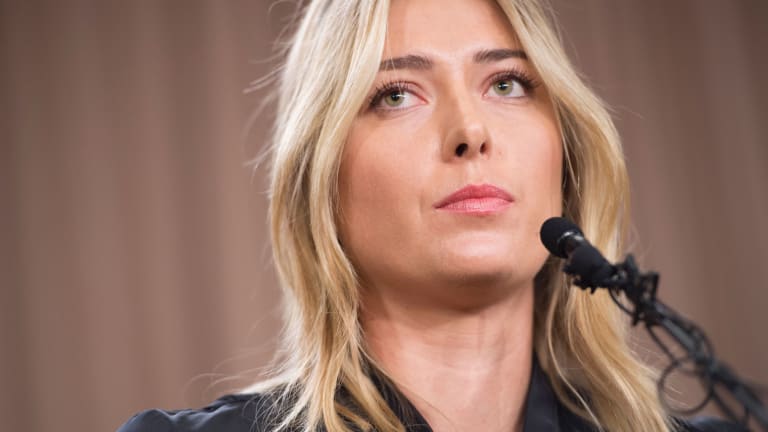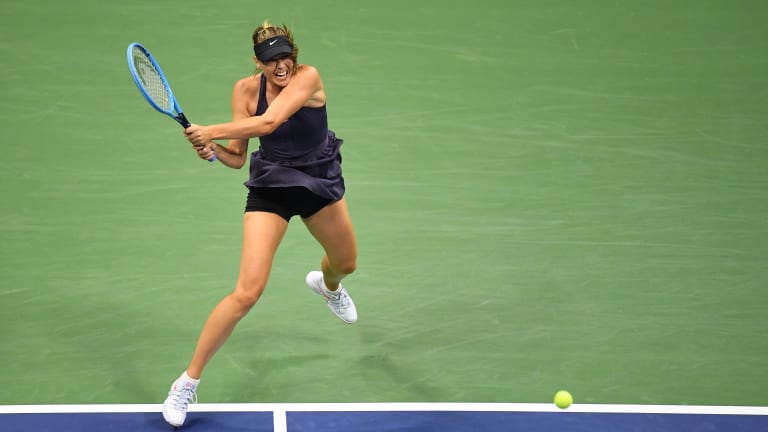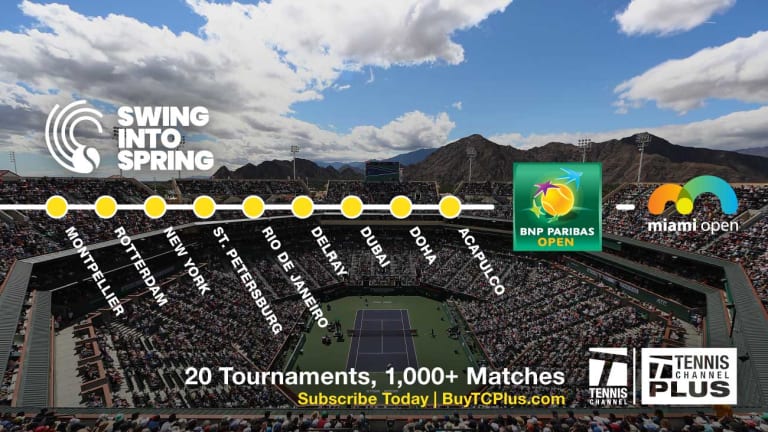A complicated competitor: Maria Sharapova's cloudy, unresolved legacy
By Feb 26, 2020Social
Mirra Andreeva gets shoutout from Maria Sharapova after winning Indian Wells
By Mar 16, 2025Style Points
PHOTOS: The story behind every Destanee Aiava throwback kit at Australian Open
By Jan 19, 2025Style Points
How Taylor Swift, Maria Sharapova, Morgan Riddle and more aced courtside style in 2024
By Dec 11, 2024Stat of the Day
Coco Gauff has now beaten both of the Top 2, Sabalenka and Swiatek, at the WTA Finals
By Nov 08, 2024International Tennis Hall Of Fame
Maria Sharapova and the Bryan brothers are elected to the International Tennis Hall of Fame
By Oct 24, 2024International Tennis Hall Of Fame
Maria Sharapova’s election to the Hall of Fame may be polarizing, but it’s deserved
By Oct 24, 2024Social
Roger Federer wins US Open credential game, Maria Sharapova returns to Ashe
By Sep 07, 2024International Tennis Hall Of Fame
Maria Sharapova, Bob and Mike Bryan nominated for International Tennis Hall of Fame
By Sep 03, 2024Social
PHOTOS: Maria Sharapova returns to Centre Court, 20 years after her Wimbledon win
By Jul 03, 2024A complicated competitor: Maria Sharapova's cloudy, unresolved legacy
The 32-year-old Russian, who retired from tennis on Wednesday, always came to win, but may have been at her best in defeat.
Published Feb 26, 2020
Advertising

A complicated competitor: Maria Sharapova's cloudy, unresolved legacy
© AFP via Getty Images
Advertising

A complicated competitor: Maria Sharapova's cloudy, unresolved legacy
© Getty Images
Advertising

A complicated competitor: Maria Sharapova's cloudy, unresolved legacy